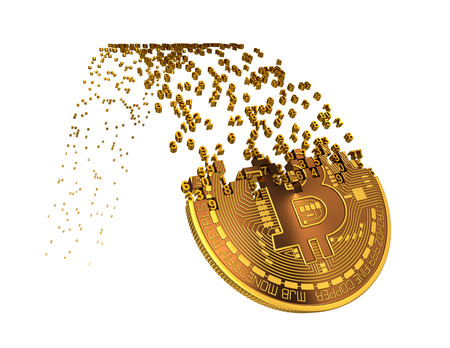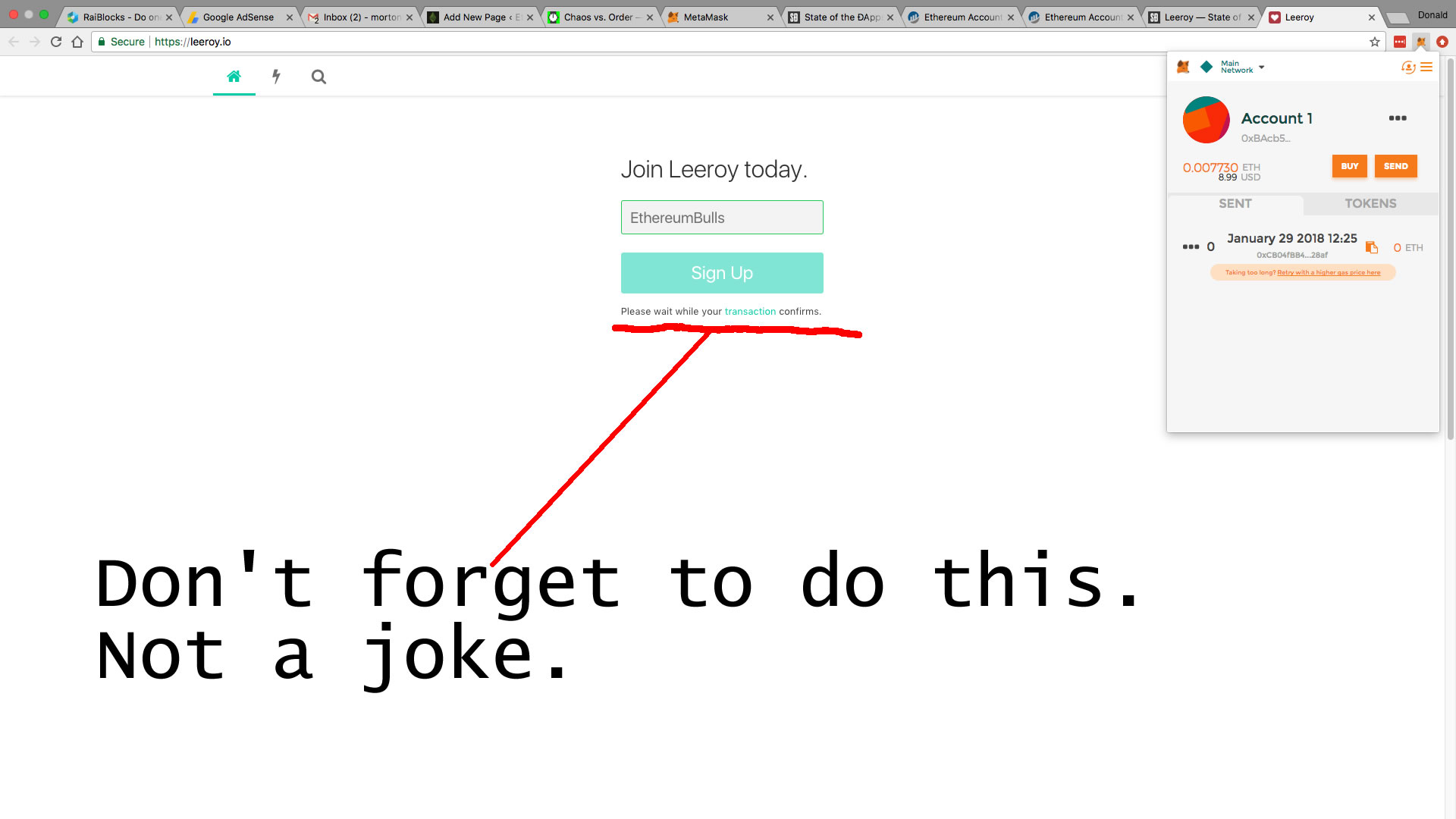Yesterday began with the subpoena of Bitfinex and Tether. This was big world news that shook a lot of investors with weak hands. The bulls pushed back.
Unfortunately for those anticipating a rise in value, this major story was accompanied by another: Facebook threw a blanket ban over all ICOs and cryptocurrencies, including Bitcoin. This was probably a wise move for Facebook. They are a very large company ripe for regulation. This is their first major action against the many scams and schemes proliferating across their network. These action are good for Facebook because it was easy to accuse them of being negligent, or even complicit, in the selling of unregulated securities and the many other frauds that have been perpetrated on Facebook users through Facebook’s advertising channels.
This was a wise move for Facebook and ultimately good for the Ethereum eco-system. The fewer people who are harmed by the many bad actors currently exploiting our beloved Network, the better. But in the short term, this also means less money in the ecosystem, which is going to affect the market. These reports crushed Bitcoin. The value dropped as low as the $9641.82 USD on Coinbase. I’m sure many readers of this site would have been interested in purchasing at that rate and this moment in time. So the bulls did push back and Bitcoin worked its way back up to the $10K zone.

Now, here’s the interesting part. Ethereum also lost value alongside Bitcoin, but less, and Ethereum proved to find a ceiling around $1024 USD on Coinbase. The last time Bitcoin dropped below 10K was on January 17th, 2018. It dropped to $9833.17. That same day, January 17th, 2018, when fears of Asian regulation scared away some investors, Ethereum dropped to $838.69.
My point is this, during the last major hemorrhaging, Ethereum bleed much worse than Bitcoin. This time around though, Ethereum held much better. I think this signifies greater investor optimism in Ethereum overall. I think it’s a good sign for the future, unless you’re trying to pick up some Ether for less than $1k. That boat might have left.
Warning: Investing in cryptocurrency is risky. The above is just one person’s opinion. That person could be totally wrong and has been many times before. Invest only what you can afford to lose and do not add peril to your life by investing too much.
